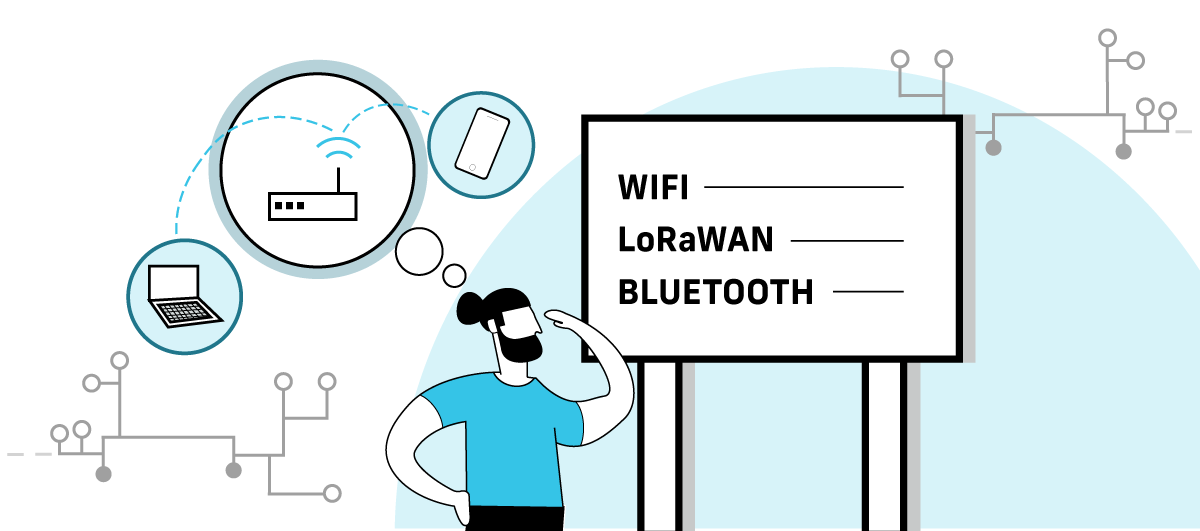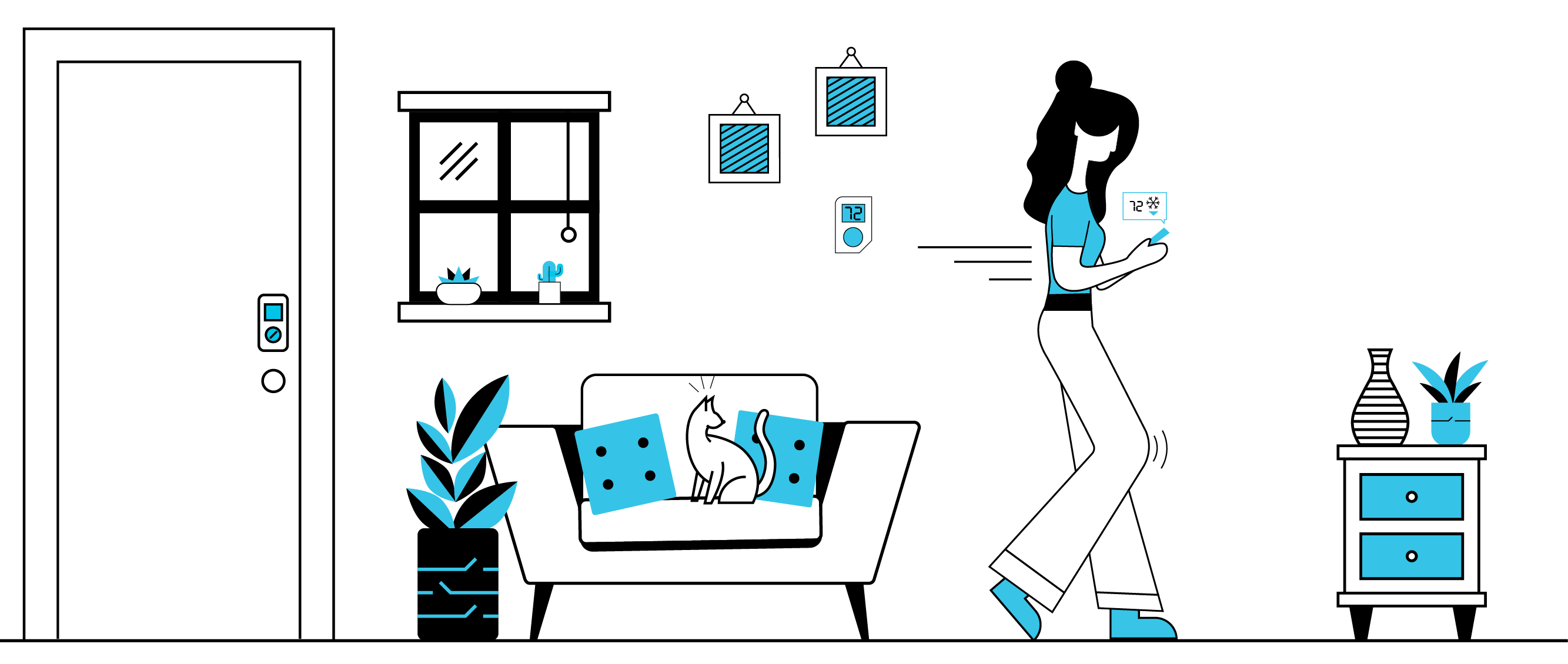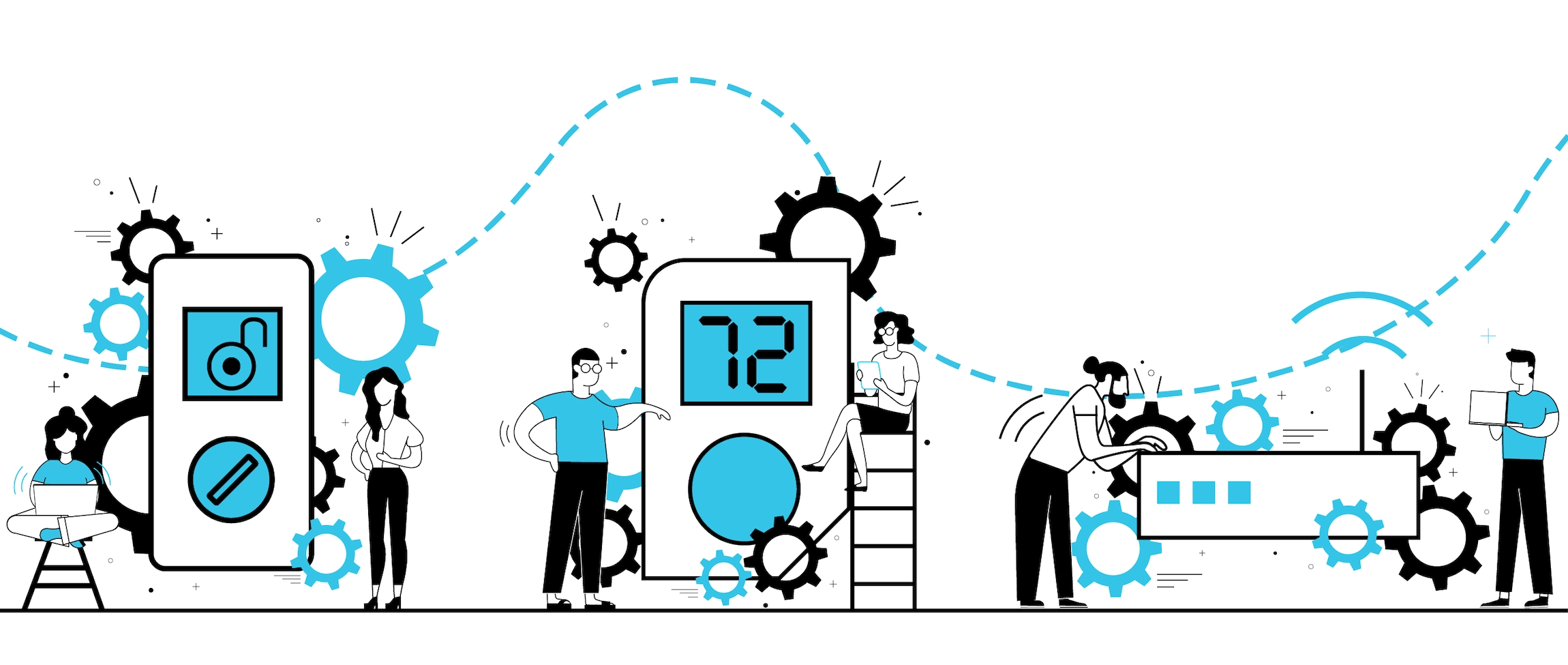What is Wireless 5G?
The WiFi that’s taking the world by storm.
There is a great deal of excitement over 5G, its capability and use cases. Many ask what is 5G wireless technology? Is 5G a reliable network for my apartment technology solutions? Can it be used as WiFi for an apartment property?
In today’s world we identify top internet speeds with a capital “G” to reflect gigabits per second or Gbps. For example, most wired internet service providers generally offer a 1Gbps level of service as their top available speed. Gigabit speeds are 1,000 times faster than Mbps, or megabits, and they truly are top-of-the-line. In fact, most of the wireless antennas available in our laptops and home routers are not even capable of processing those 1Gbps wireless speeds at their full potential.
So, logically 5G must be five times faster than 1Gbps, right? Actually, that is comparing apples to oranges, here’s how.
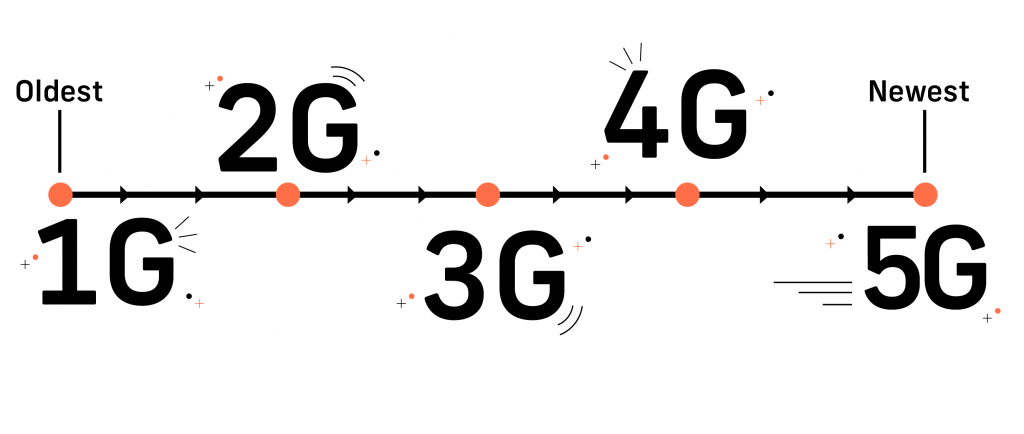
What is 5G wireless?
5G wireless technology does not stand for Gbps or gigabits per second at all. It is the 5th generation mobile network following…you got it, 1G, 2G, 3G and 4G LTE networks. It is much faster than its predecessors and is designed to connect many things together like devices, objects and machines.
It was created to ultimately provide multi-Gbps peak data speeds, with ultra low latency, increased reliability and availability over a massive network. When I say massive, think about a nationwide mobile network, potentially connecting industries with end users. Broadly speaking, 5G is used across three main types of connected devices; mobile broadband deployments, mission-critical communications and the exploding Internet of Things (IoT) marketplace.
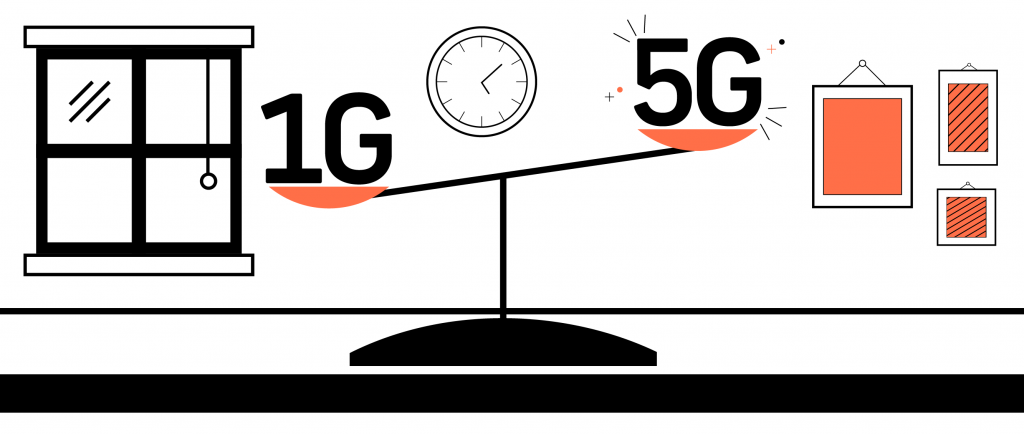
How fast is 5G?
Technically, 5G was designed to provide up to 20 Gbps, however users in the US are not seeing anything close to these speeds today. According to PC Mag, “it turns out that 5G technology and a “5G experience” are very different things. And right now in the US we’re getting the former without the latter.” According to Fortune, the US ranked dead last in a survey of 12 leading countries in average 5G mobile download speeds, with an underwhelming 50.9 Mbps. A user would need more than five minutes to download a high-def movie. While Saudi Arabia and South Korea averaged 414.2 Mbps and 312.7 Mbps, respectively. The US ranks fifth in actual coverage availability with 19%. Mobile providers like AT&T, Verizon and T-mobile are investing billions in this technology, but we are still at least a year away from realizing some of the big 5G capabilities. In the meantime, AT&T has creatively rebranded its 4G network “5G Evolution”.
How will we use 5G?
As technology advances, so does opportunity and file sizes. New phones will soon take 108-megapixel photos and 8k video. Think also of how the COVID pandemic has created a strong desire for high-quality video chat and online meetings. Apartment owners are wondering about the application for WiFi offerings on their properties. The average household utilizes 346GB of data usage monthly. Ultimately, 5G could provide more competition in the US for home internet, but it is not quite ready to compete with the wired providers on this front.
With regards to IoT, 5G will eventually allow for the broad connectivity of smart devices. The current 4G modules are expensive, demand complicated service plans, and are power-consuming. This is the primary reason IoT technologies are sticking with WiFi and LoRaWAN networks for consumers today.
As consumers, we love competition, and 5G sure looks promising on that front. But, there is more on the horizon, literally the horizon. Elon Musk’s satellite delivered Starlink is promising to deliver up to 150 Mbps speeds to the most remote areas of the planet, and Amazon has aspirations to do the same. The innovators will look to leverage 5G wireless in the multifamily industry. What an amazing world of innovation we live in today!
